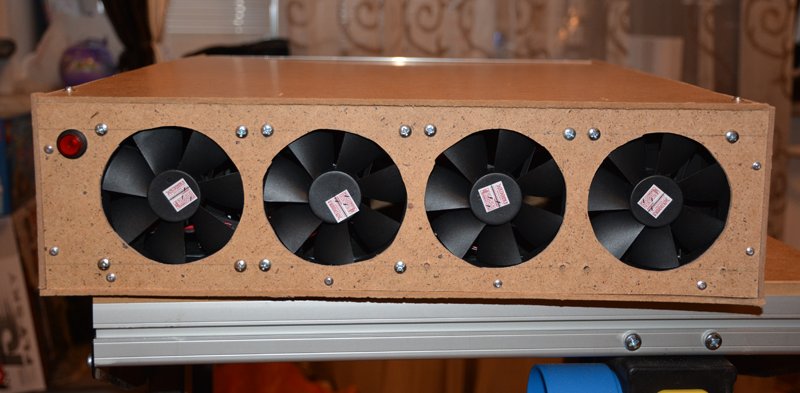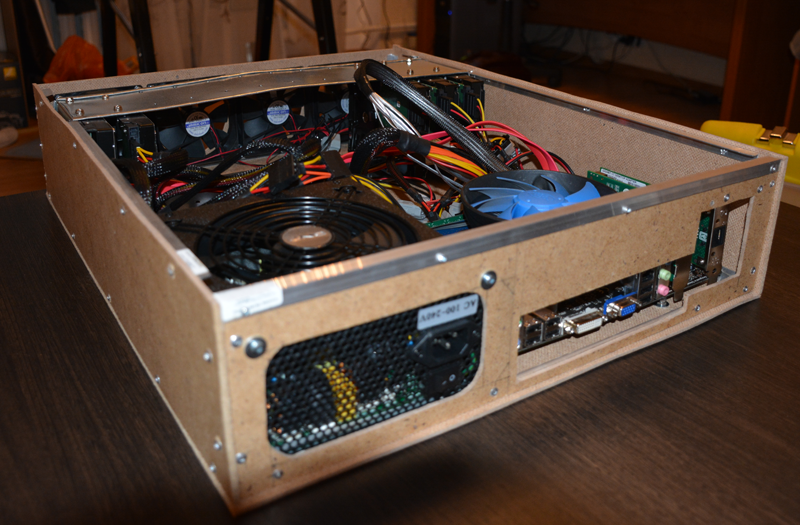SOHO level cardboard data storage

I had a need for data storage for a long time: it was necessary to make backup copies somewhere, and I have quite a few copies, since The infrastructure is quite extensive for small businesses: several servers and a half dozen virtual machines, several workstations, a video surveillance archive, torrents ... I was not satisfied with storage with 2-4 disks of 2TB - the old file server contained 4x2TB and was almost 80% full. Enterprise level storage seemed to me an expensive pleasure, and then I decided to make the storage myself. I made this decision not only because the idea of creating a repository seemed simple and rather cheap to me, but also because I wanted to do something with my own hands. As it turned out later, my hands are somewhat crooked, and the cost of tools made the cost of the storage itself not so attractive.
As a result, I enjoyed the design and work, I acquired a tool that I use quite often and not only for creating servers and storage that meets my needs.
')
Those who are interested in what came out of it and how it was done - I ask under the cat.
Requirements for fault tolerance were small, but the volume of disk space - on the contrary. In addition, I wanted to be able to expand the disk space if necessary.
I took the usual motherboard from a cheap office computer, there was not a very powerful processor, 4GB of RAM, 2 PCI-E slots. Additionally, I installed a gigabit network card and a disk controller for 8 SAS / SATA drives. Another 4 SATA ports were on the motherboard itself, in total my storage was designed for 12 3.5 ”disks.
List of used components:
- Motherboard: H61M-P20 (G3)
- Processor: Intel Core-i3 3220
- Network card: Intel Gigabit CT Desktop
- Disk Controller: HighPoint RocketRAID 272x_1x SAS Controller
Currently installed 5 disks of 2TB, 3 more on the way.
The most interesting is the body. I wanted to place my storage server in a common rack with the rest of the equipment, so I had to comply with the size standards. The disks had to be located in the front, lying on its side, so that the height of the case was 3U.
Body material - Fiberboard. It was more reasonable to use metal, but I could not imagine how I could process it, or plywood, because it is still stronger than fiberboard, but the fiberboard was at hand, but I did not want to go for a piece of plywood. I also used aluminum corners to connect individual parts. Fiberboard with corners connected by rivets. The “basket” for the discs was made from a piece of tin. It was, perhaps, the most time-consuming to manufacture detail, because there were quite long stiffeners, which had to bend with pliers and straighten with a hammer.
For cooling in the front of the 4 fans were installed size 8x8cm. They provide quite strong airflow.
The result is the following:


As a result, I got a lot of pleasure from work, but most likely, I will not deal with the creation of fiberboard cases anymore. Until.
Source: https://habr.com/ru/post/209004/
All Articles